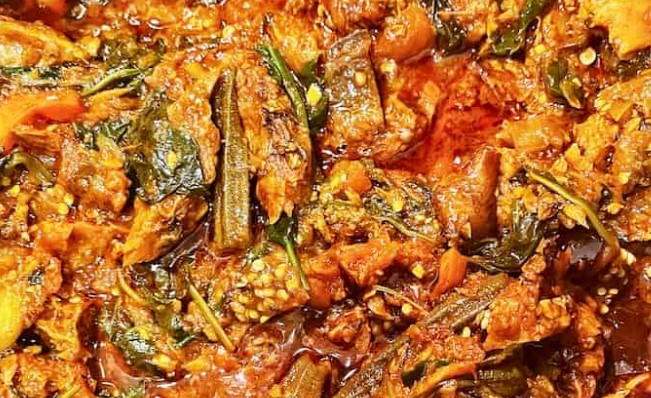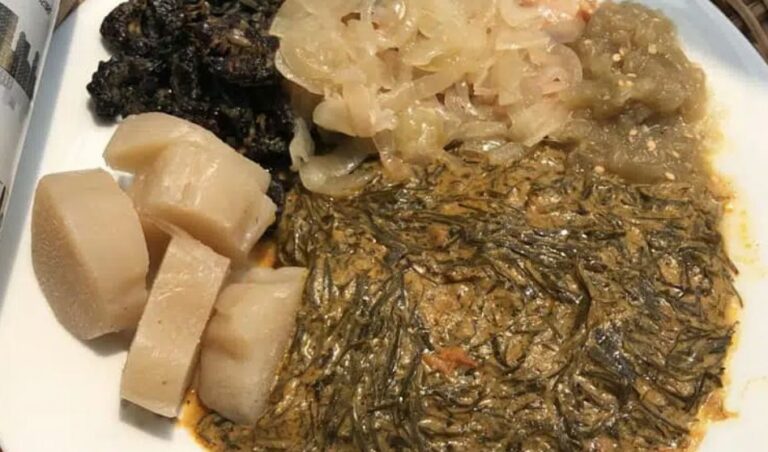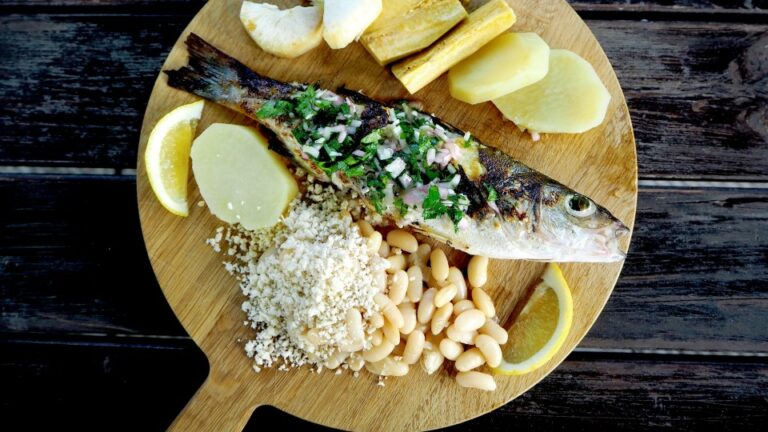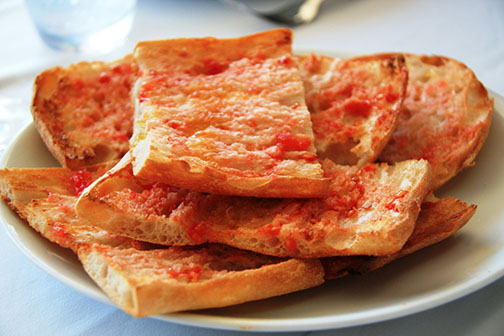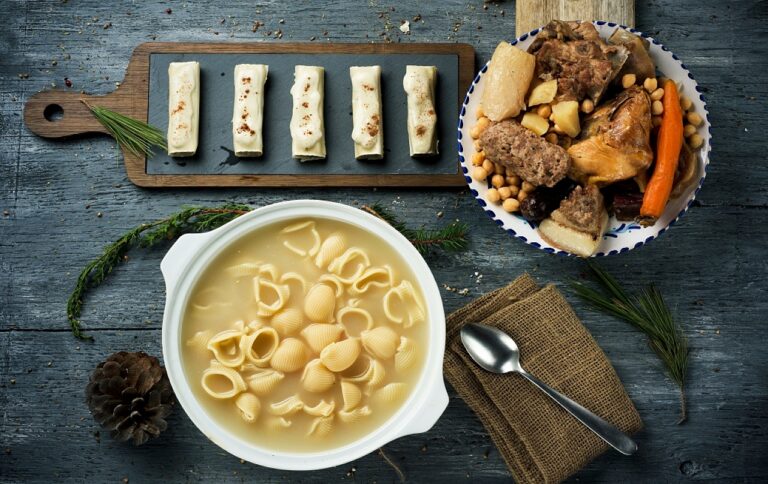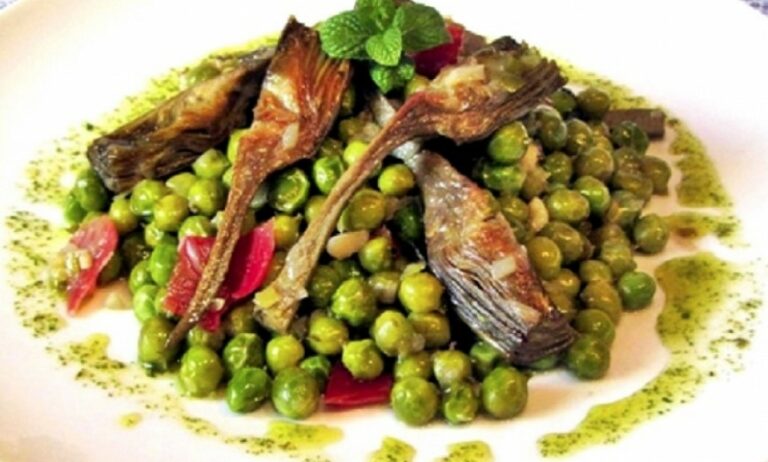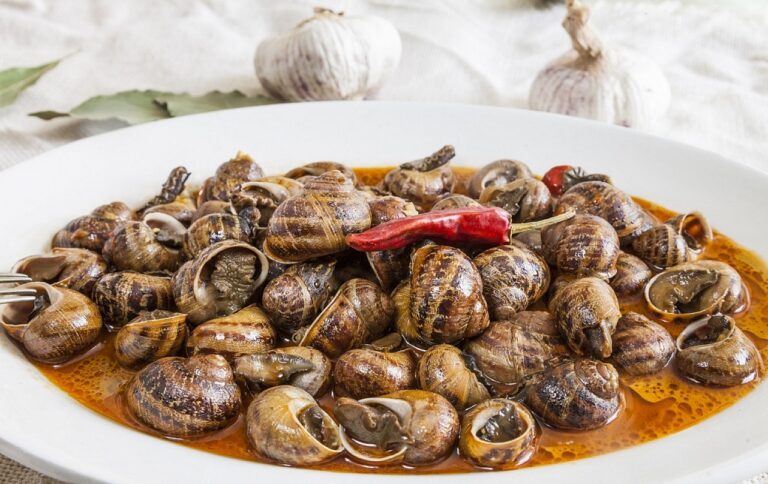Introduction: Seafood Culture in Angola
Located on the southwest coast of Africa, Angola is a country with a rich seafood culture. With over 1,600 kilometers of coastline, the country has access to a diverse range of seafood. Fish, shellfish, and crustaceans are widely consumed in Angola, and seafood dishes are an important part of the country’s cuisine. Angola’s seafood dishes are not only delicious but also reflect the country’s history and influences from Portuguese colonization.
Calulu: The National Dish of Angola
Calulu is a popular dish in Angola and is considered the national dish of the country. Made with dried fish, okra, onion, tomatoes, and palm oil, Calulu is a flavorful seafood stew. It is usually served with funge, a type of cornmeal porridge, and can be made with various types of seafood such as shrimp, crab, or lobster. Calulu is not only a tasty dish but also reflects the country’s history and the influence of Portuguese cuisine.
Mufete: A Popular Seafood Feast
Mufete is a traditional seafood feast in Angola that is usually served on special occasions. It is a platter of grilled or fried fish, crab, shrimp, and other seafood, served with funge and a selection of condiments such as hot pepper sauce and tomatoes. Mufete is a popular dish in coastal cities and is often served in beachside restaurants. It is a delicious and festive meal that is perfect for sharing with friends and family.
Matata: A Spicy Seafood Stew
Matata is a spicy seafood stew made with clams, green pepper, onion, tomatoes, and palm oil. It is a flavorful and hearty dish that is usually served with rice. Matata is a popular dish in Angola’s coastal regions and is often served in beachside restaurants. It is a perfect dish for seafood lovers who like their food with a little bit of heat.
Cacussos: A Seafood Delight from the North
Cacussos is a delicious seafood dish that originates from the northern region of Angola. It is made with dried fish, cassava leaves, onion, and palm oil. Cacussos is a flavorful and nutritious dish that is often served with funge. It is a popular dish in rural areas of Angola and is a great example of the country’s traditional cuisine.
Cataplana: A Delicious Portuguese-Inspired Dish
Cataplana is a Portuguese-inspired seafood dish that is popular in Angola. It is made with a variety of seafood, such as clams, shrimp, and fish, cooked with onions, garlic, tomatoes, and white wine. The dish is named after the cataplana, a traditional Portuguese copper pot that is used to cook the dish. Cataplana is a flavorful and rich dish that is perfect for special occasions.
Grilled Seafood: A Popular Street Food
Grilled seafood is a popular street food in Angola. It is usually sold by street vendors and is made with a variety of seafood, such as fish, shrimp, and squid. The seafood is grilled on a charcoal fire and served with hot pepper sauce and bread. Grilled seafood is a tasty and affordable option for those who want to try Angola’s seafood cuisine.
Seafood Restaurants in Angola: Where to Try Them
There are many seafood restaurants in Angola where visitors can try the country’s delicious seafood dishes. Some popular restaurants include Quatro Estacoes in Luanda, O Barco in Benguela, and Tenda dos Milagres in Cabinda. These restaurants offer a range of seafood dishes, from traditional stews to grilled seafood platters. Visitors to Angola should not miss the opportunity to try the country’s seafood cuisine and experience the richness of its culture.

